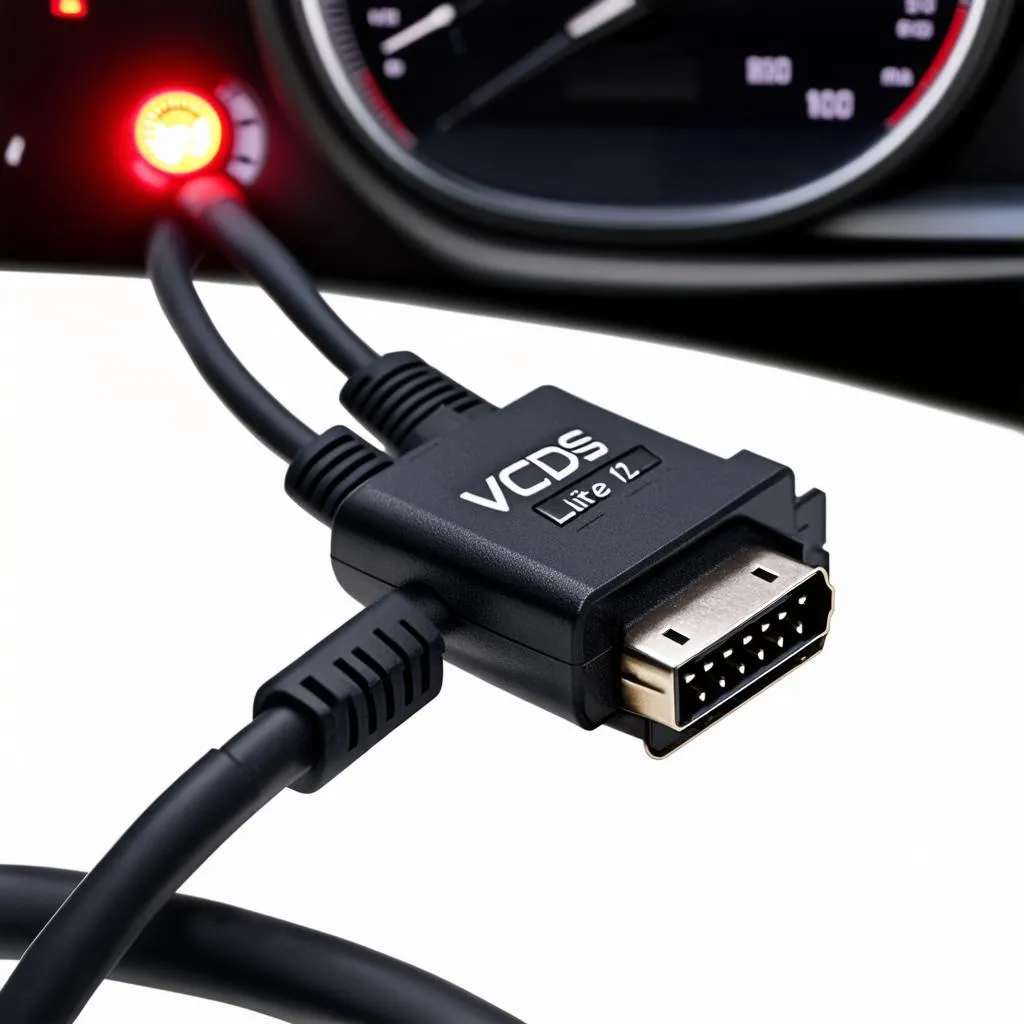The sunroof is a prized feature in many vehicles, offering a touch of luxury and a connection to the open road. But what happens when this complex system starts to malfunction? That’s where VCDS (Vag-Com Diagnostic System) comes in. This powerful software allows you to dive deep into your car’s control modules, including the sunroof, to diagnose and resolve issues.
This guide will delve into the world of VCDS sunroof coding, equipping you with the knowledge to troubleshoot and customize your sunroof like a pro.
Understanding VCDS and its Capabilities
Before we delve into the specifics of sunroof coding, let’s establish a basic understanding of VCDS. This diagnostic software, developed by Ross-Tech, serves as a direct communication link between your computer and your vehicle’s onboard computer. It grants access to the various control modules that govern different aspects of your car’s operation, from engine management to convenience features like your sunroof.
With VCDS, you can:
- Read and clear fault codes: Identify and erase error messages stored in your car’s control modules.
- Monitor live data streams: Observe real-time sensor readings to diagnose issues.
- Adjust coding and adaptations: Tweak various settings to customize your car’s behavior.
vcds-software-interface|VCDS Software Interface|A laptop displaying the VCDS software interface connected to a car’s OBD-II port.
VCDS Sunroof Coding: What’s Possible?
VCDS empowers you with granular control over your sunroof’s operation, allowing you to modify settings and address potential issues. Here are some common applications of VCDS sunroof coding:
1. Troubleshooting Sunroof Malfunctions
A malfunctioning sunroof can be a frustrating experience. VCDS enables you to pinpoint the root cause of the problem by:
- Reading fault codes: Identifying specific error codes related to the sunroof control module, offering clues to the nature of the issue.
- Running output tests: Activating individual components of the sunroof system, such as the motor and switches, to isolate faulty parts.
2. Customizing Sunroof Behavior
Beyond troubleshooting, VCDS unlocks a realm of customization options for your sunroof. Some popular modifications include:
- One-Touch Operation: Enabling the sunroof to fully open or close with a single press of the button, enhancing convenience.
- Remote Control Functionality: Allowing the sunroof to be operated remotely using your car key fob.
- Rain-Sensing Closure: Automatically closing the sunroof when rain is detected, safeguarding your interior.
sunroof-open-on-a-car|Open Sunroof|A car with an open sunroof on a sunny day, highlighting the feeling of freedom and open air.
Expert Insight: “VCDS offers a treasure trove of customization options, allowing you to fine-tune your vehicle’s features to perfectly match your preferences,” says automotive electronics specialist Dr. Emily Carter, author of “The Car Hacker’s Handbook.”
Performing VCDS Sunroof Coding
While the specifics of coding can vary between car models, the general process involves the following steps:
-
Connect Your Laptop to Your Car: Use a compatible VCDS interface cable to establish a connection between your laptop and your vehicle’s OBD-II port.
-
Launch VCDS and Select Your Control Module: Navigate to the appropriate control module for your sunroof. This is usually labeled as “Roof Electronics” or similar.
-
Access Coding or Adaptation Channels: Locate the specific coding or adaptation channels related to the function you wish to modify.
-
Input New Values: Enter the desired values to adjust the settings. Refer to your VCDS documentation or reputable online forums for guidance on specific coding values.
-
Save Changes and Test: After saving your changes, thoroughly test the sunroof to ensure the desired functionality has been achieved.
Important Considerations and Precautions
While VCDS is a powerful tool, it’s crucial to exercise caution when making modifications to your car’s settings:
- Thorough Research: Before attempting any coding changes, invest time in understanding the potential implications. Consult reputable online forums and resources for guidance.
- Backup Original Coding: Always document your car’s original coding before making any changes. This allows you to revert to the default settings if needed.
- Start Small: Begin with simple modifications and gradually progress to more complex changes as your comfort level increases.
FAQs About VCDS Sunroof Coding
Q: Can I damage my car with VCDS coding?
A: While coding does carry a small risk, the likelihood of damage is low when proper procedures are followed. Always research thoroughly and proceed with caution.
Q: Where can I find reliable VCDS coding guides?
A: Reputable online forums dedicated to your car brand or model are excellent resources for VCDS coding information and support.
Q: Can I undo coding changes if I’m not satisfied?
A: Absolutely! As long as you have a backup of your original coding, you can easily revert to the default settings.
Conclusion
VCDS empowers car enthusiasts to take control of their sunroof’s functionality, offering a blend of troubleshooting power and customization potential. By understanding the basics of VCDS coding and adhering to safety precautions, you can personalize your driving experience and keep your sunroof operating smoothly for years to come. For a wide selection of high-quality diagnostic tools, including VCDS interfaces, explore the offerings at Cardiagtech. Their expertise and top-notch products can further enhance your automotive endeavors.

